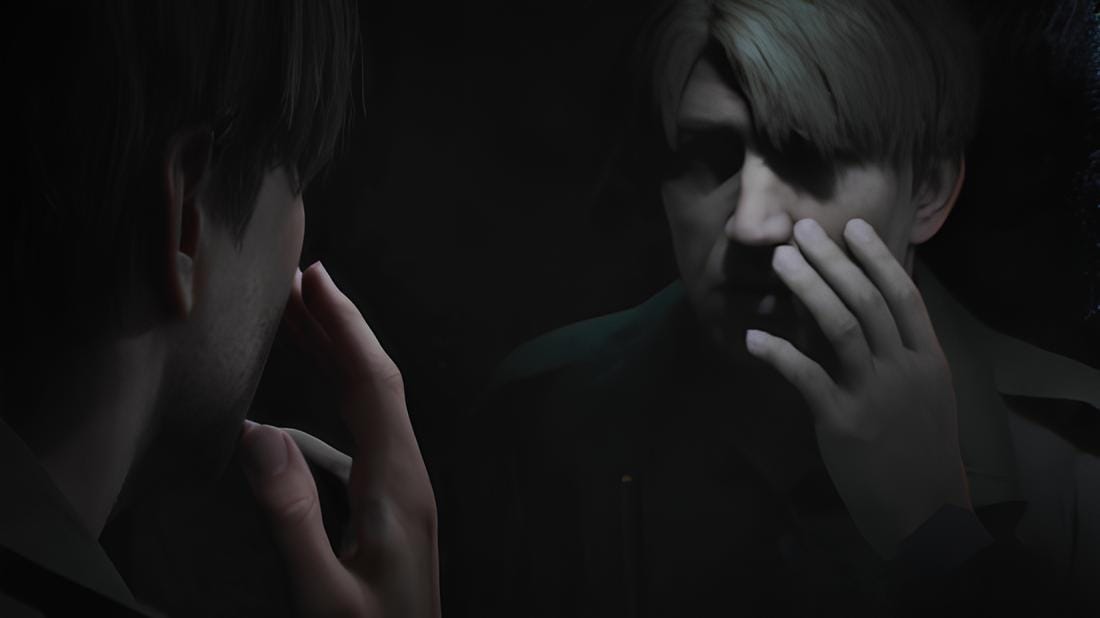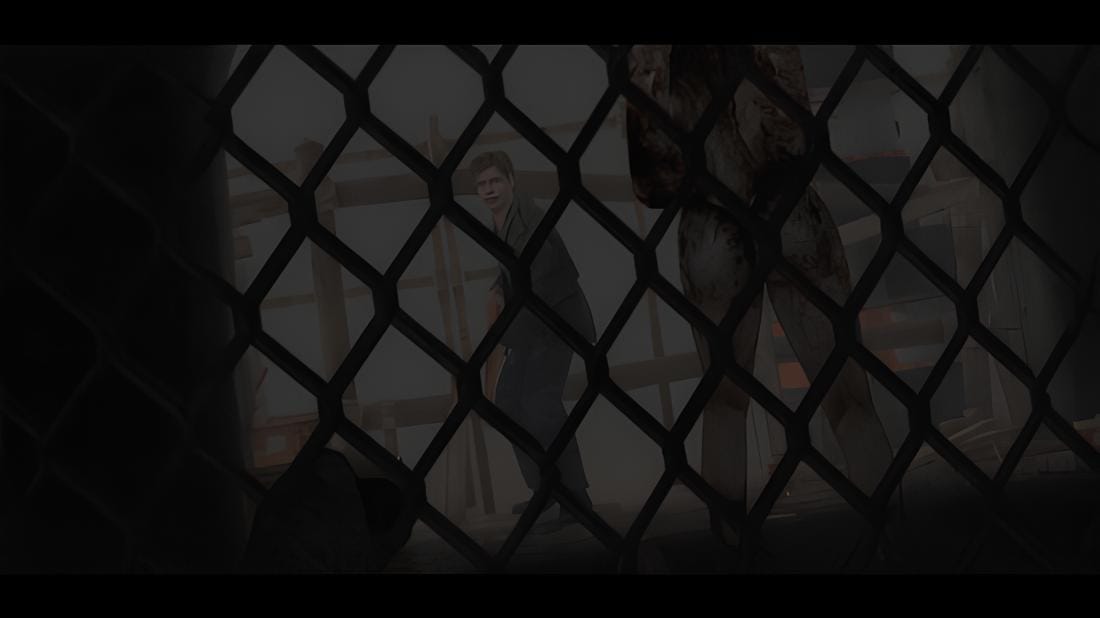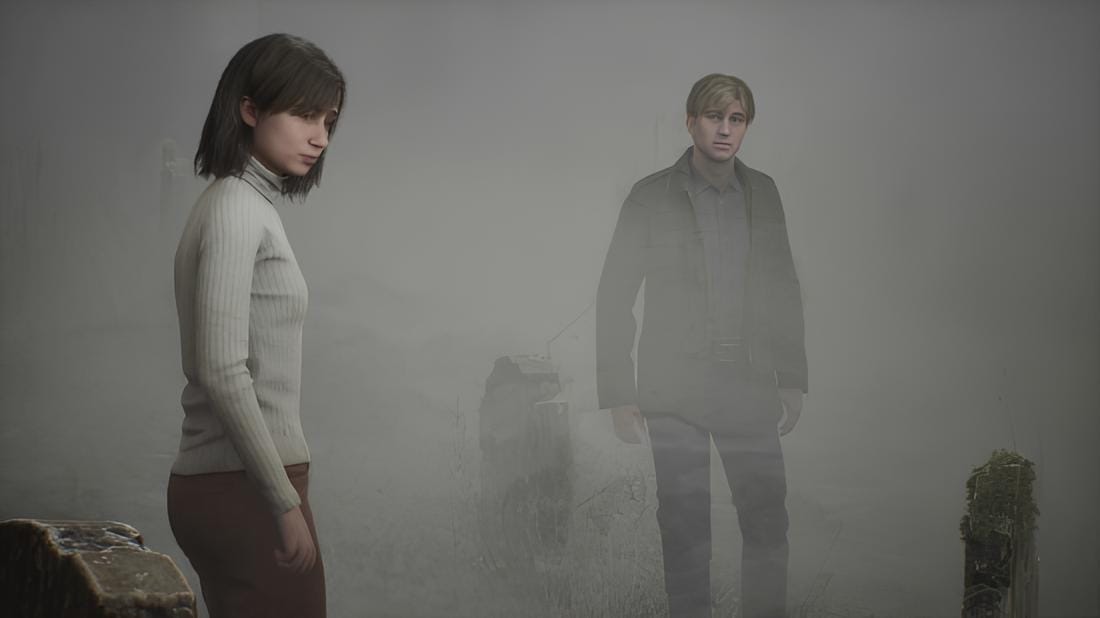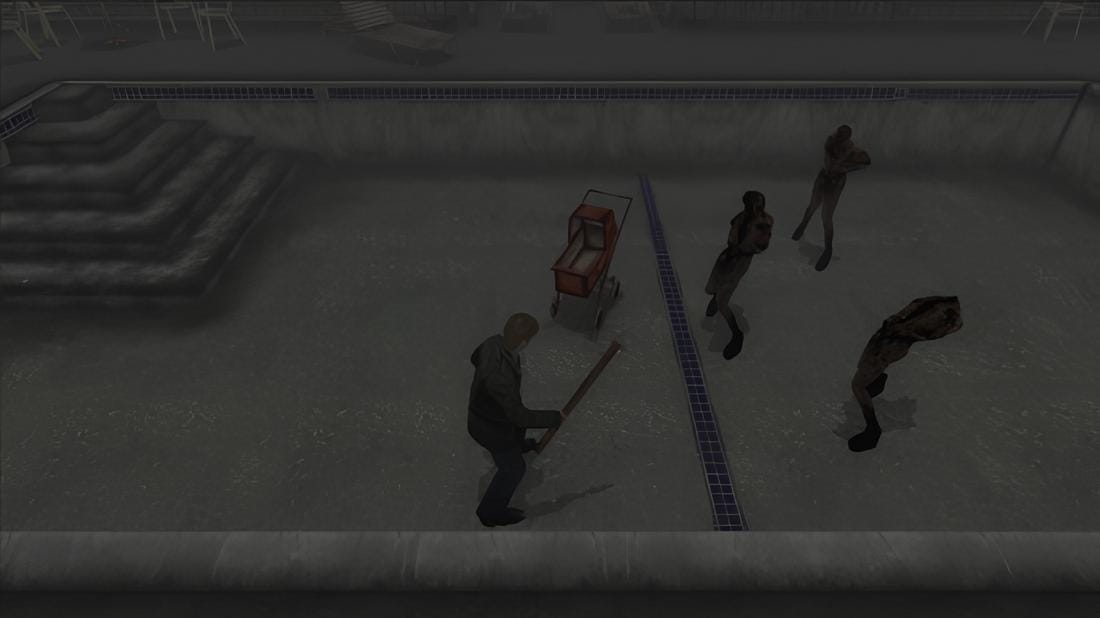Silent Hill 2's Remake: Improved gameplay, diminished impact?
While the Silent Hill 2 remake boasts updated graphics and combat, it sometimes feels like less is more when compared to the original.

Bloober Team's remake has certainly impressed, even exceeding expectations. However, the 2001 original, with its uniquely terrifying and mind-bending atmosphere, still holds a special place in my heart. Technically, the remake is a more polished game. It's visually superior, plays more smoothly, aligns with modern gaming standards, and expands the eerie town of Silent Hill in exciting ways. Yet, the original's technical limitations, coupled with the artistic ingenuity that turned those limitations into strengths, contribute to its distinctive charm.

Paradoxically, Silent Hill 2 (2001) is a more impactful experience precisely because it's a technically 'inferior' game.
Firstly, the most apparent difference lies in the visuals. The original Silent Hill 2 famously utilized fog to mask the limitations of the PS2 hardware. However, this iconic visual element isn't the only technical constraint that contributes to the game's unsettling nature. The somewhat jerky character animations, both for the intentionally disturbing monsters and the more human-like figures, create an unsettling sense of the uncanny due to their deviation from natural movement.
Facial expressions in the original weren't motion-captured, and even if they had been, the technology at the time wouldn't have achieved the realism of today's standards. As a result, the 2001 versions of James and Maria have a subtly off-putting quality compared to their 2024 counterparts. This contributes to the pervasive sense of unease that permeates the game.

The voice acting, too, adds to this unsettling feeling. While often criticized for its awkwardness and stilted delivery, the original voice acting plays a crucial role in establishing the game's nightmarish atmosphere. This lack of realism, combined with a script filled with unnatural dialogue, evokes a sense of surrealism reminiscent of a David Lynch film.
In the 2024 remake, characters look and act like real people. This increased realism, while impressive, diminishes the dreamlike quality of the original and leaves less room for subtle interpretation. For instance, Angela's traumatic past was hinted at in the original through ambiguous dialogue and the design of her personal monster, Abstract Daddy. In the remake, she explicitly explains her backstory.

Similarly, James Sunderland feels less open to interpretation in the remake. His dialogue in the original was minimal, and the delivery often lacked expected emotional cues. This made it harder to discern his true motives and personality. Players were left to piece together their own understanding of James, much like a brain trying to make sense of shapes in the dark. This ambiguity made each of the game's multiple endings feel valid, as James could be seen as both hero and villain, depending on the player's interpretation.
The remake provides more information about the characters, reducing the freedom of interpretation. More time is spent exploring James' inner thoughts, and the straightforward portrayal leads to more definitive conclusions about his character. This can result in less player sympathy and a sense that one particular ending is the "true" one. The remake, in this sense, is like viewing a painting with a plaque explaining its meaning, rather than allowing viewers to form their own interpretations.
Beyond characterization, the environments in the original were less defined, forcing players to actively interpret what they were seeing, even in well-lit areas. When the brain receives incomplete visual information, it fills in the gaps, which can lead to unsettling experiences, like seeing imaginary faces in a dark mirror. This lack of visual detail contributed significantly to the original Silent Hill's sense of dread.

In contrast, the remade Silent Hill is more clearly defined. While fog still limits visibility, up close, every building and street is rendered in incredible detail. Players can smash windows to find items and traverse areas that were previously inaccessible.
Initially, I felt that I spent more time exploring Silent Hill in the PS2 original. However, revisiting the original revealed that I simply got lost more often. The remake streamlines navigation and puzzle-solving, making exploration feel safer. However, that feeling of being lost was integral to the original's atmosphere.
The remake also provides players with a greater sense of control. The shift from fixed camera angles to an over-the-shoulder perspective contributes to this. The original's fixed cameras limited player agency and increased vulnerability. Turning a corner without knowing what lay ahead was far more frightening. The combination of fog, darkness, and fixed cameras created a claustrophobic atmosphere in the original.
Combat also feels more prevalent in the remake. Players encounter numerous enemies and have more responsive controls for fighting them. This, again, increases the sense of control and can diminish the fear factor. Repeated encounters with enemies can make them feel less threatening, turning combat into a routine task rather than a terrifying ordeal. The original James felt vulnerable and easily overwhelmed, while his remake counterpart can become a formidable fighter.
Much of Silent Hill 2's storytelling relies on imagery and metaphor, so it's fitting to use a metaphor to illustrate the difference between the two versions. Silent Hill 2 should be more akin to poetry than prose. Consider the traditional Japanese haiku, with its strict structure of 5-7-5 syllables and limited imagery.
While these constraints might seem restrictive, they actually foster creativity. Poets must work within these limitations to create something meaningful and beautiful, often achieving a level of artistry that free-form writing can't replicate.
The Silent Hill 2 remake isn't bound by the same technical and creative constraints as the original. Paradoxically, this lack of limitations can result in a less creative and impactful experience. The original, despite its technical flaws, tells a more evocative and meaningful story precisely because of those limitations.






